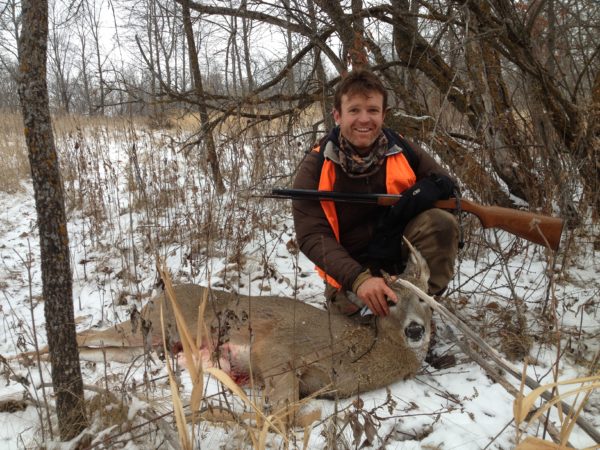
If you love to hunt, get a muzzleloader. Many states offer extended muzzleloader hunting seasons that provide low-competition opportunities to enjoy the woods without the crowds.
Before you start comparing the performance and price of new muzzleloaders, check your state’s regulations on muzzleloading hunting. The legal requirements of each state are different and some are so stringent that they might choose your new muzzleloader for you.
Some states have special Flintlock-only seasons which restrict hunters to the most primitive of muzzleloaders. Other states don’t allow scopes on muzzleloaders, while some have minimum caliber requirements. There are even restrictions on which type of bullets and powder you can use. It’s essential that you carefully study your state’s hunting regulations before diving into the world of black powder.

When you do begin shopping for a muzzleloader, be prepared to spend $300-$500 for a quality, mid-priced rifle. Since you will end up cleaning a muzzleloader often—in fact, Black powder is still used by many hunters, but black-powder substitutes like Hogdon Triple-7 make for easier cleaning. 28” barrels are fairly common – these are long, heavy, and quite accurate. The .50 caliber is the most common muzzleloading rifle, and it is accepted in all states. Bullet and accessories for .50 caliber rifles are widely available.
Because some states allow scoped muzzleloaders and others do not, it’s handy to have a rifle with a rail that can accept both open sights and a scope. A muzzleloader does not need too powerful a scope, due to the limited shooting range. A 150-yard shot is considered long by many muzzleloader hunters. A fixed 4-power scope works great. Many of the current muzzleloaders on the market come with open sights fitted with fiber optic wires that increase your ability to shoot in low-light conditions. These are great at closer ranges, but they can begin to obscure your image of the target when shooting past 100 yards. For those who want to shoot at longer distances in areas that prohibit the use of scopes on muzzleloaders, try using a peep sight. Many hunters consider these to be an ideal compromise between open sights and a scope.
Common Types of Open Sights





